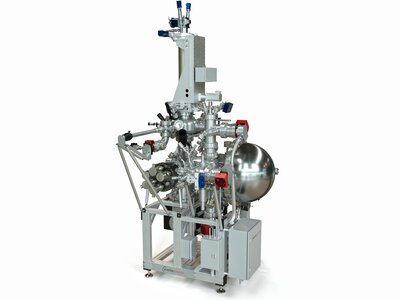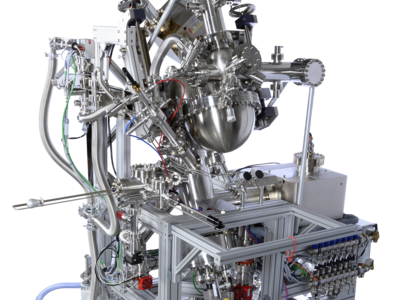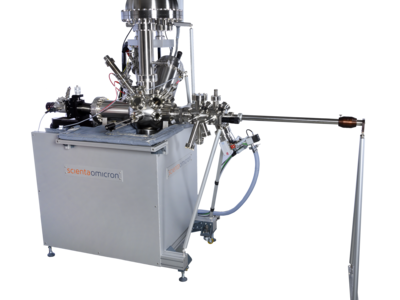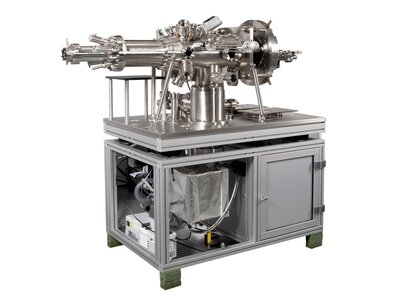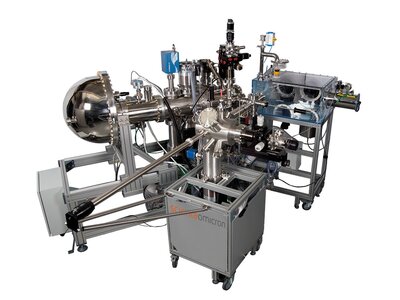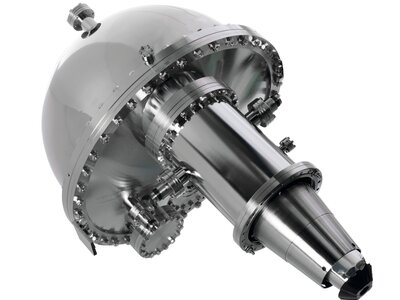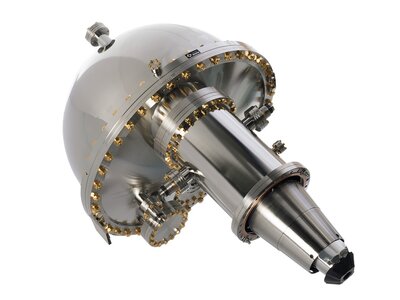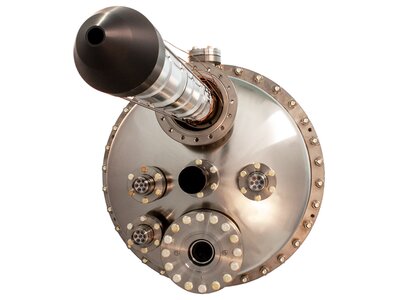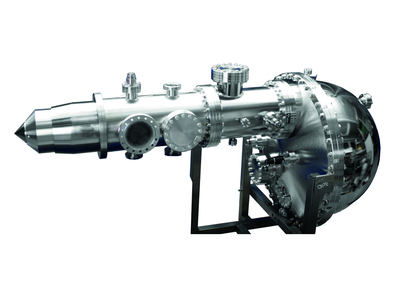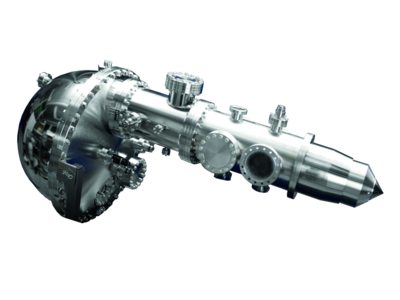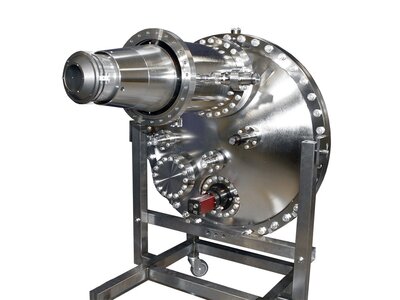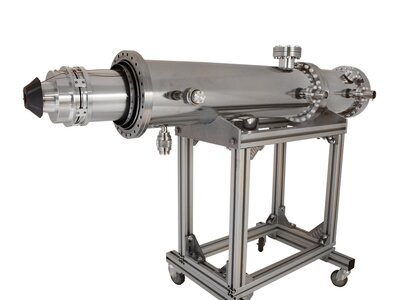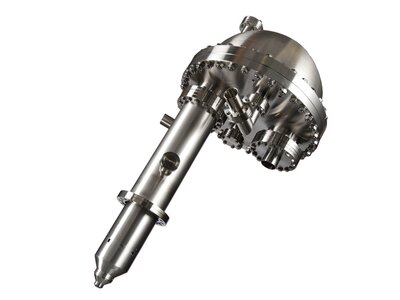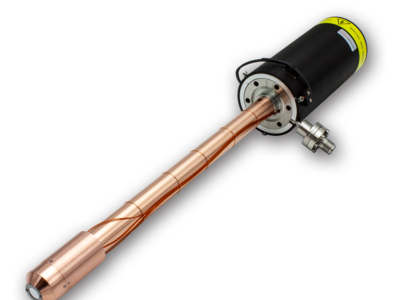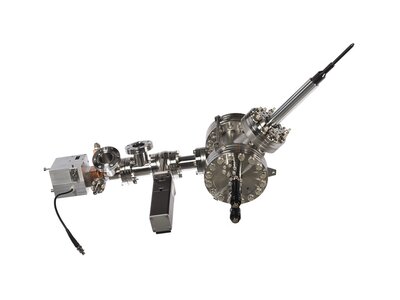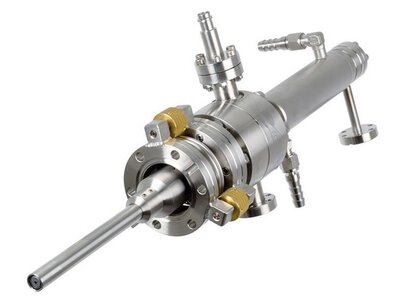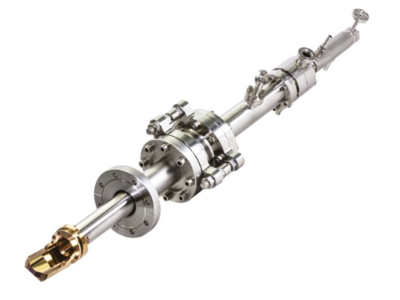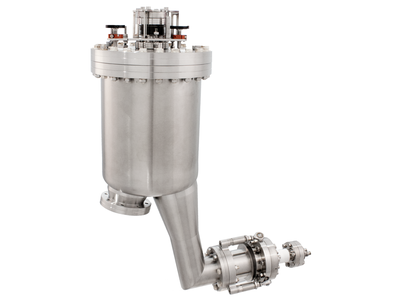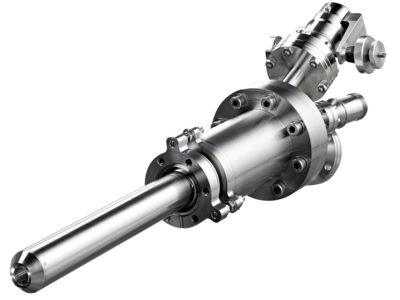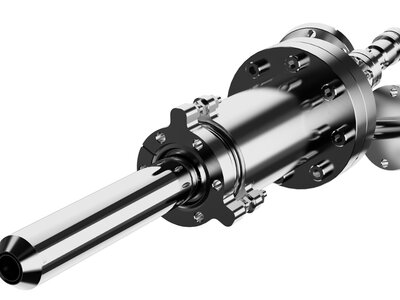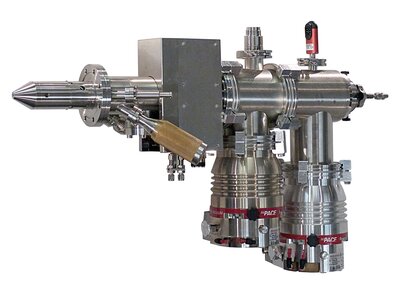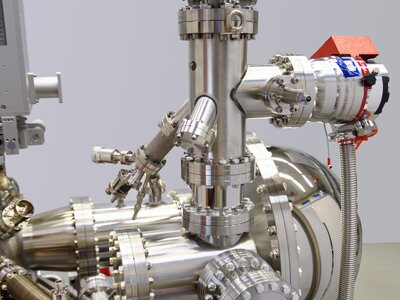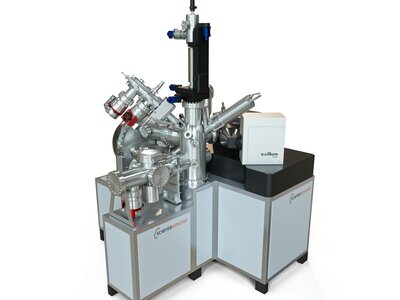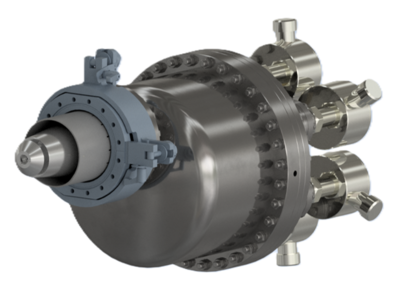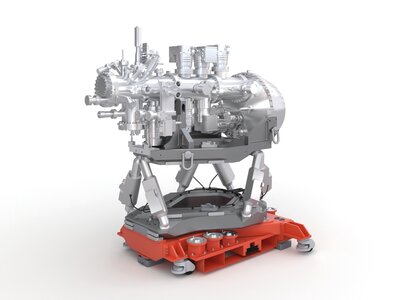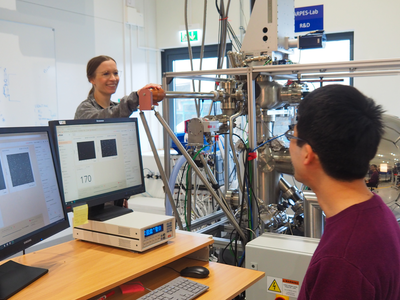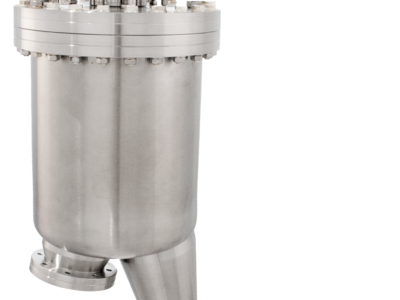Photoelectron Spectroscopy (PES)
Photoelectron Spectroscopy (PES) is the overarching name for a variety of experimental techniques, in which samples are exposed to photons in order to extract electrons from these samples. The physical basis for these measurements is the photoelectric effect. The photons employed in this context usually have energies between a few electron volts and several kilo-electron volts, depending on the kind of information that is of interest. A photoelectron is an electron that has been removed from its atom/orbital due to the interaction with a photon. These photoelectrons can travel with a significant velocity (depending on how strong they have been bound in their initial state and how much energy they received from the exciting photon) and can be collected with the help of dedicated spectrometers. Those spectrometers typically measure how many electrons emerge from a sample at a given kinetic energy and under which emission angle relative to the sample. From a measurement of the kinetic energy, one can deduce the binding energy of the electrons in their initial state and from the emission angle one can extract the momentum distribution of the electrons in their initial states.


